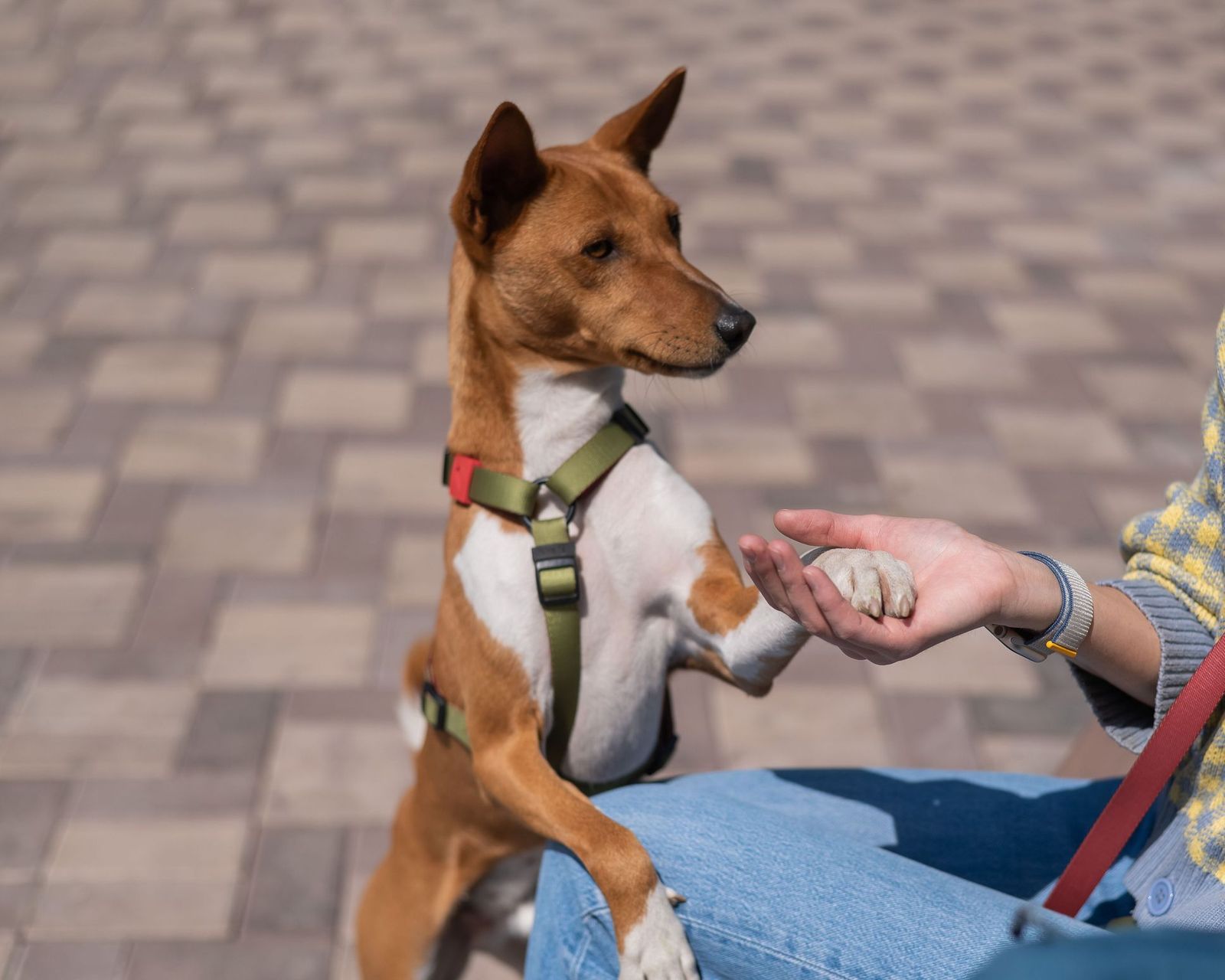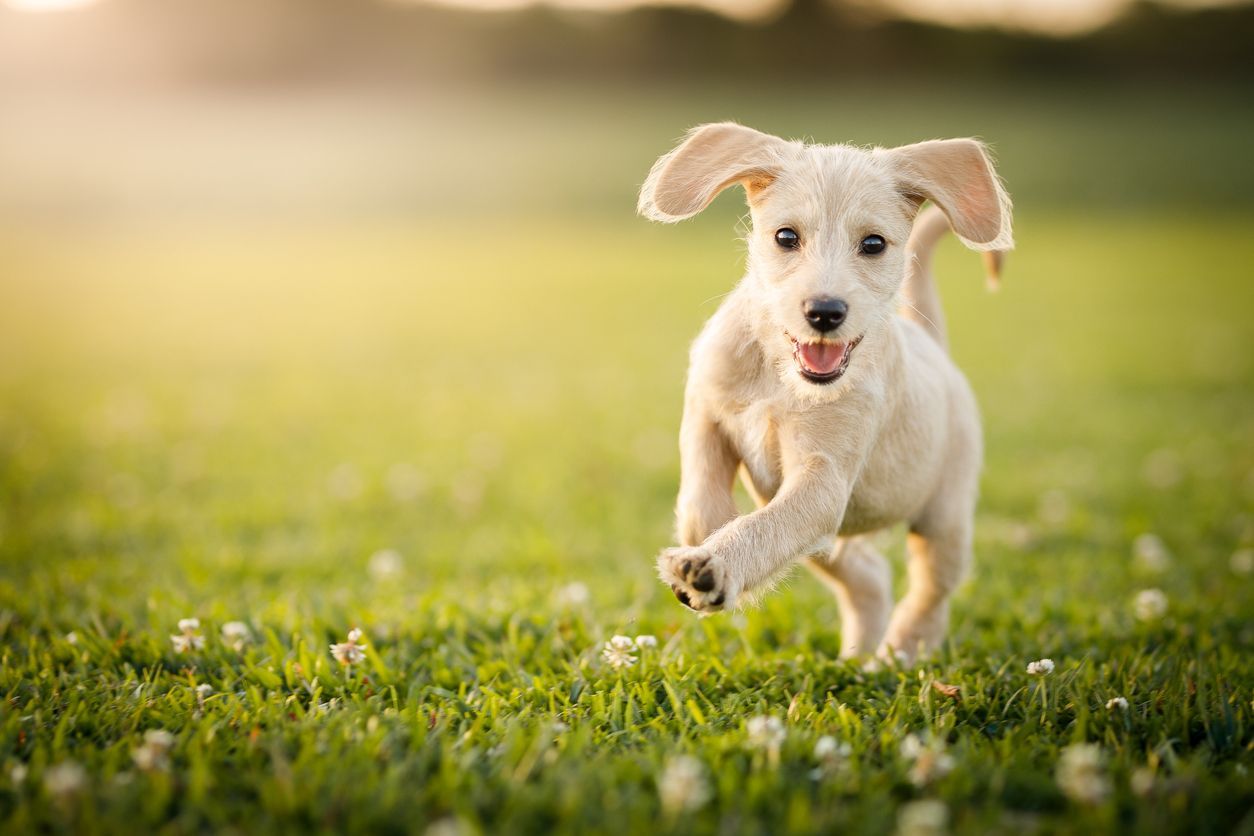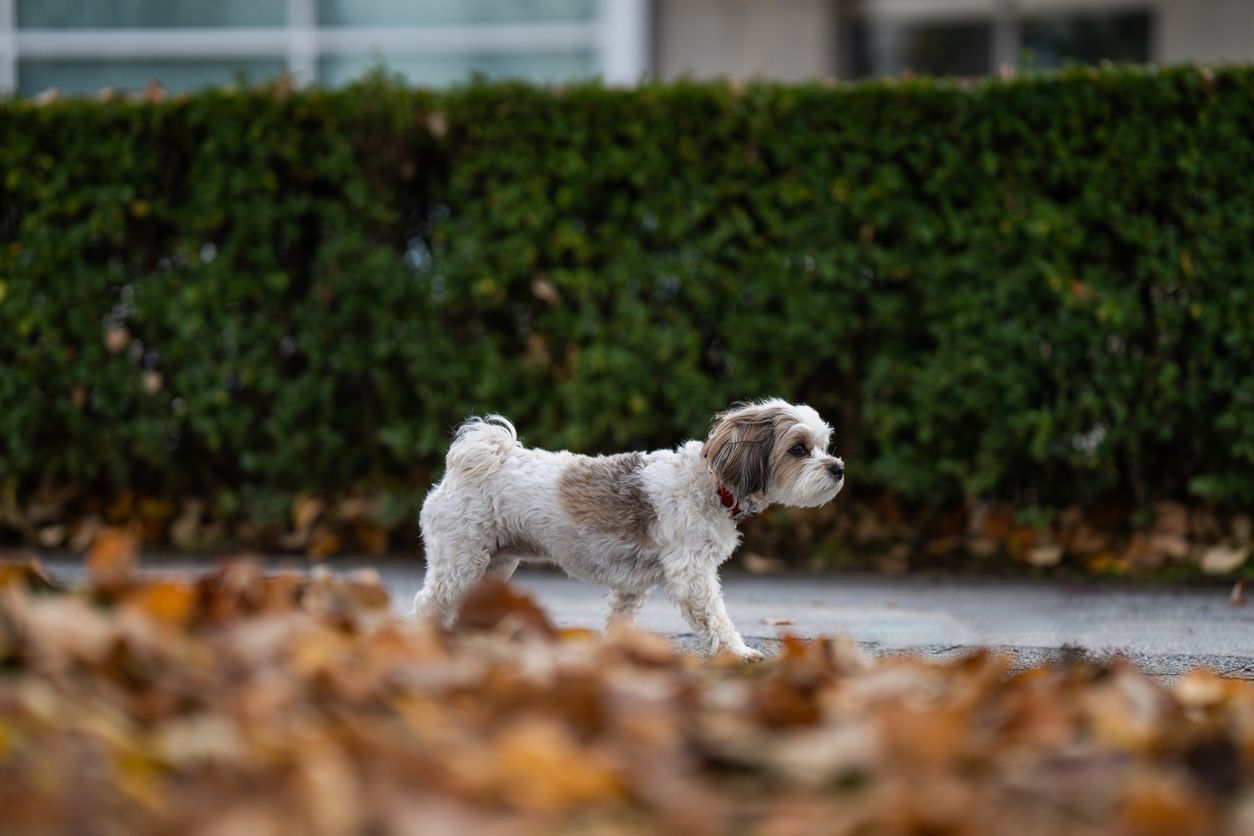How to prevent and treat yeast skin infections in dogs

Disclaimer: This article, its content, and its related references do not constitute veterinary advice and should not be considered a substitute for veterinary care. If your pet is showing any symptoms that could indicate a medical emergency, please seek immediate emergency care.
Yeast dermatitis is a common skin infection in dogs that often occurs secondarily to another underlying health issue, such as allergies. Yeast skin infections usually result in symptoms such as itchy, inflamed, smelly skin and are treated with oral medication, topical treatments, and medicated shampoos, and by addressing the underlying contributors. If you believe your dog has a skin infection, read on to learn:
- What causes a yeast skin infection in dogs
- How yeast dermatitis is diagnosed and treated
- Why some dogs have recurring skin infections
- How to prevent yeast dermatitis in dogs
It’s important to get an accurate diagnosis before attempting treatment because other skin issues, such as parasites or bacterial infections, have similar symptoms. Factors contributing to yeast overgrowth must also be addressed to fully eliminate the infection and prevent recurring flare-ups. In addition to antifungal medications, treating allergies and maintaining clean, dry skin — including inside the folds of breeds like pugs and bulldogs — are usually necessary.
What is a yeast skin infection?
Yeast dermatitis, or a yeast skin infection, is an overgrowth of yeast on the skin surface. Yeast are a category of fungi, making yeast dermatitis a fungal infection. There are many species of yeast, but the most common kind in dog skin infections is Malassezia pachydermatis. As a result, yeast skin infections are often referred to as Malassezia dermatitis. Even though yeast organisms are part of a dog’s normal, healthy skin ecosystem, they’re opportunists, and when conditions are right, they can overgrow and can cause an infection.
Yeast populations thrive with increased heat and humidity, which may occur due to:
- Skin folds caused by anatomy or obesity
- Matted hair
- Ill-fitting collars, harnesses, or clothes left on for too long
- Diapers, especially if not changed frequently enough
Certain breeds, as well as overweight dogs, often have skin folds where heat and moisture become trapped, creating an ideal environment for yeast overgrowth. Matted fur and tight collars, harnesses, or clothes also create a warm, moist environment for the skin underneath. Dogs who have urine trapped against their skin from wearing diapers are also more likely to develop skin infections.
The deep skin folds of a recessed or hooded vulva are also commonly affected by yeast dermatitis. While clinical signs such as discolored fur, odor, and excessive licking are common with yeast infections caused by a hooded vulva, it’s important to distinguish this from vaginal discharge. Vaginal discharge due to a yeast infection is rare in dogs and is far more likely to be associated with a uterine infection called pyometra, which is an emergency.
Medical conditions that can alter skin health in ways that encourage yeast overgrowth include:
- Environmental, contact, or food allergies
- Recurrent bacterial infections and/or antibiotic use
- Immune deficiency (which can occur with many diseases and medications)
- Excessive skin oil production (seborrhea)
- Endocrine disorders, such as Cushing’s disease
Yeast skin infections are a common complication of canine allergic skin disease.
Clinical signs of yeast skin infection in dogs
Symptoms of yeast infection may be present in only a spot or two, or may affect most of the body. Typical signs include:
- Itchy, irritated skin
- Crusty skin lesions
- Foul odor from the skin
- Thickened skin
- Discoloration of the skin or loss of fur
- Lichenification
Yeast skin infections are often itchy, so itchy skin is a prominent symptom in most dogs. In addition to yeast dermatitis, dogs with allergies also commonly develop yeast otitis, or a yeast infection of the ear. Similar to skin folds in the armpits, flanks, between the toes, and on the faces of some breeds, the skin lining the ear canal is often warm and moist, which is a perfect environment for yeast overgrowth.
Lichenification describes the changes seen in severe and prolonged cases of yeast dermatitis where the hair falls out and the skin turns gray, thick, and rough like elephant skin.
Additional symptoms may be present depending on the underlying cause of the infection.
Diagnosing and treating yeast dermatitis in dogs
Many skin conditions can cause symptoms similar to yeast infections, so it’s important to get an accurate diagnosis from a veterinarian before starting treatment. When a dog presents with itchiness and other related symptoms, a vet usually starts with a thorough physical examination. “Because yeast are opportunistic and usually only cause infection when something else is wrong, it’s important to get a complete understanding of the dog’s overall health,” states Dr. Jo Myers, a veterinarian on the Vetster platform. Diagnostic tests may be recommended to determine the type of skin infection the dog has and the underlying cause:
- Examining skin samples under a microscope (skin cytology)
- Bacterial or fungal culture
- Blood tests
- Skin biopsy
Skin samples for cytology may be collected with adhesive tape, by rubbing a microscope slide directly on the skin, or by scraping the surface of the skin with a blade. Samples are then examined under a microscope to look for bacteria, parasites, or yeast or other fungi.
It’s important to determine if a skin infection is bacterial, fungal, or both because they’re treated differently. Antibiotics, for example, are only effective against certain types of bacteria, not fungi like yeast. Once a yeast infection is confirmed, the treatment plan may include:
- Topical or oral antifungal medication
- Medicated shampoo
- Treating other underlying conditions
Surgery may be necessary in some cases to correct anatomical abnormalities that contribute to yeast infections, such as a hooded vulva or excessive skin folds. Weight loss may be recommended if skin folds are a result of obesity. A vet may also suggest making changes if environmental factors are contributing to the infection, such as diapers, harnesses, and clothing.
Why skin infections may recur
Recurring or chronic yeast infections can occur because either the underlying cause wasn't effectively treated or managed, or the medication wasn't given correctly or in the right dose. It's important to finish the entire course of medication, even if symptoms go away quickly.
How to prevent yeast skin infections in dogs
Opportunistic yeast infections can sometimes be prevented in dogs by:
- Managing underlying health issues such as allergies
- Cleaning between folds of skin
- Keeping the skin dry and cool
- Preventing obesity
- Selective breeding
The best way to prevent yeast skin infections is to manage contributing health issues, such as allergies. Some dog breeds may require special care to prevent skin infections.
Dogs at risk for yeast infections
Some dog breeds are genetically at a higher risk of developing yeast infections:
- Multiple terrier breeds
- Basset hound
- Cocker spaniel
- Maltese
- Chihuahua
- Poodle
- Dachshund
- Lhasa apso
Dogs with skin folds on the face or body may require regular skin cleaning between the folds to prevent moisture buildup that can lead to infection:
- Pug
- Shar-pei
- French and English bulldogs
- Bloodhound
- Pekingese
You can talk to a veterinarian or professional groomer about how to properly care for your dog’s skin based on their genetic or anatomical risk. A virtual vet appointment is an excellent way for a veterinary professional to give step-by-step instructions on how to care for your individual dog’s skin.
What to do if your dog shows signs of a skin infection
It’s important to talk to a veterinarian if your dog is showing common signs of a yeast skin infection, such as itchiness or visual changes to the skin. There are many different health issues that can cause these symptoms, and they are treated differently.
You shouldn’t attempt to treat a dog’s skin problem at home without consulting a vet. Attempting treatment at home delays proper care and may do more harm than good. In addition, recurring infections are likely if the underlying health or environmental issue isn’t addressed. An online vet can help by showing you how to administer oral medication and topical treatments, clean the skin, and avoid environmental contributors for yeast dermatitis.
FAQ - How to prevent and treat yeast skin infections in dogs
What does a yeast infection look like on a dog’s skin?
Yeast skin infections can cause itchy, irritated, inflamed skin on affected dogs. Sour-smelling crusty or greasy buildup is also common. In some cases, gray, scaly skin and hair loss may occur. Similar skin symptoms can occur with a variety of other health issues, so it’s important to get a definitive diagnosis from a veterinarian in order to provide effective treatment.
Why does my dog keep getting yeast infections?
Yeast infections can recur due to inappropriate treatment or ineffective management of the underlying primary factors contributing to the overgrowth of yeast. Yeast infections are opportunistic and are caused by another issue affecting the dog’s skin. If your dog is showing clinical signs of a skin infection, it’s important to talk to a vet for an accurate diagnosis and effective treatment, which usually involves a long-term treatment plan for addressing the underlying cause.
How can I prevent skin infections in my dog?
The best way to prevent skin infections in dogs is to manage contributing factors, such as allergies and other health conditions, and environmental factors that trap heat and moisture next to the skin. Talk to a vet to learn more about how to keep your dog’s skin healthy based on their overall health and anatomy.




